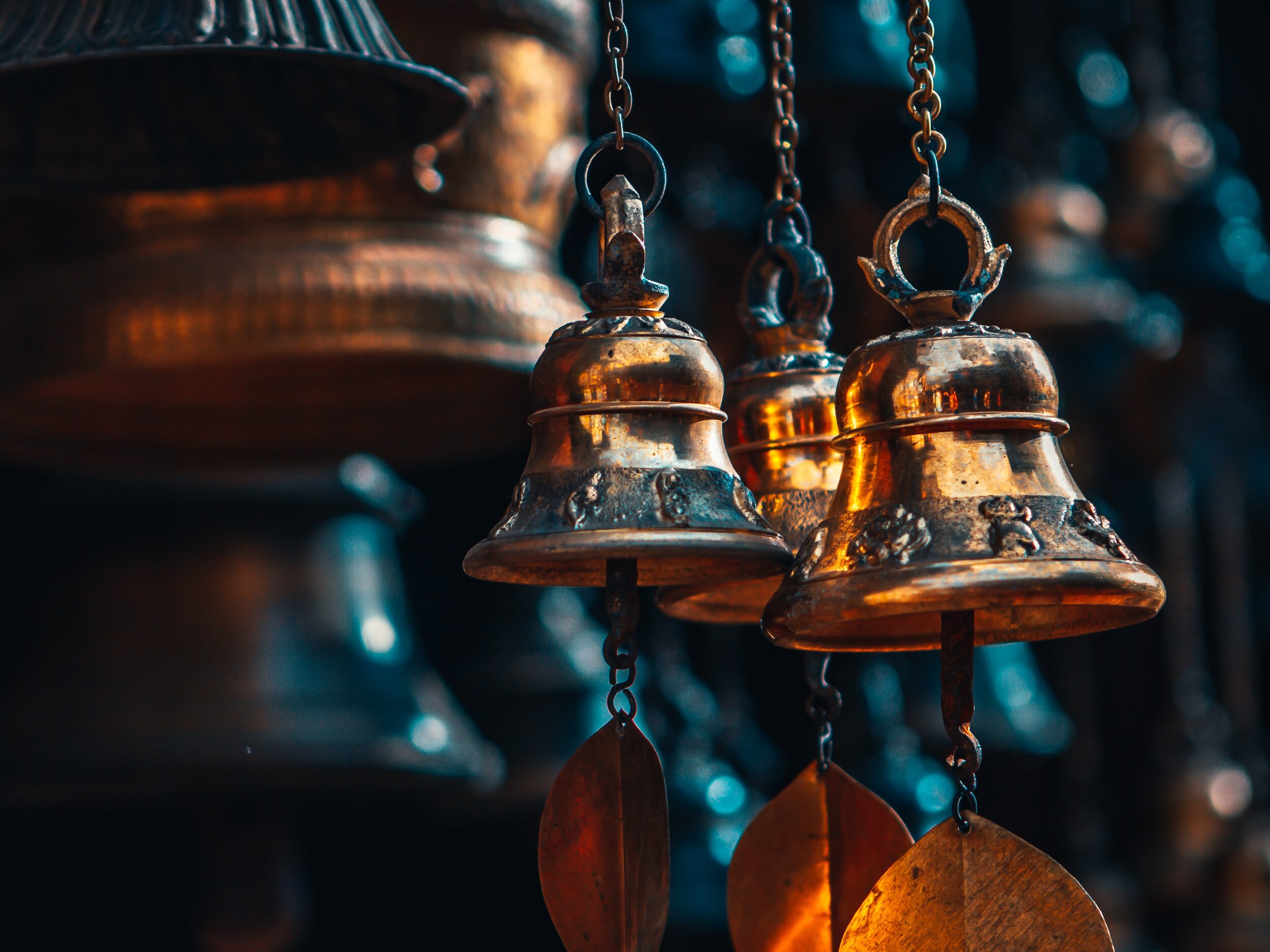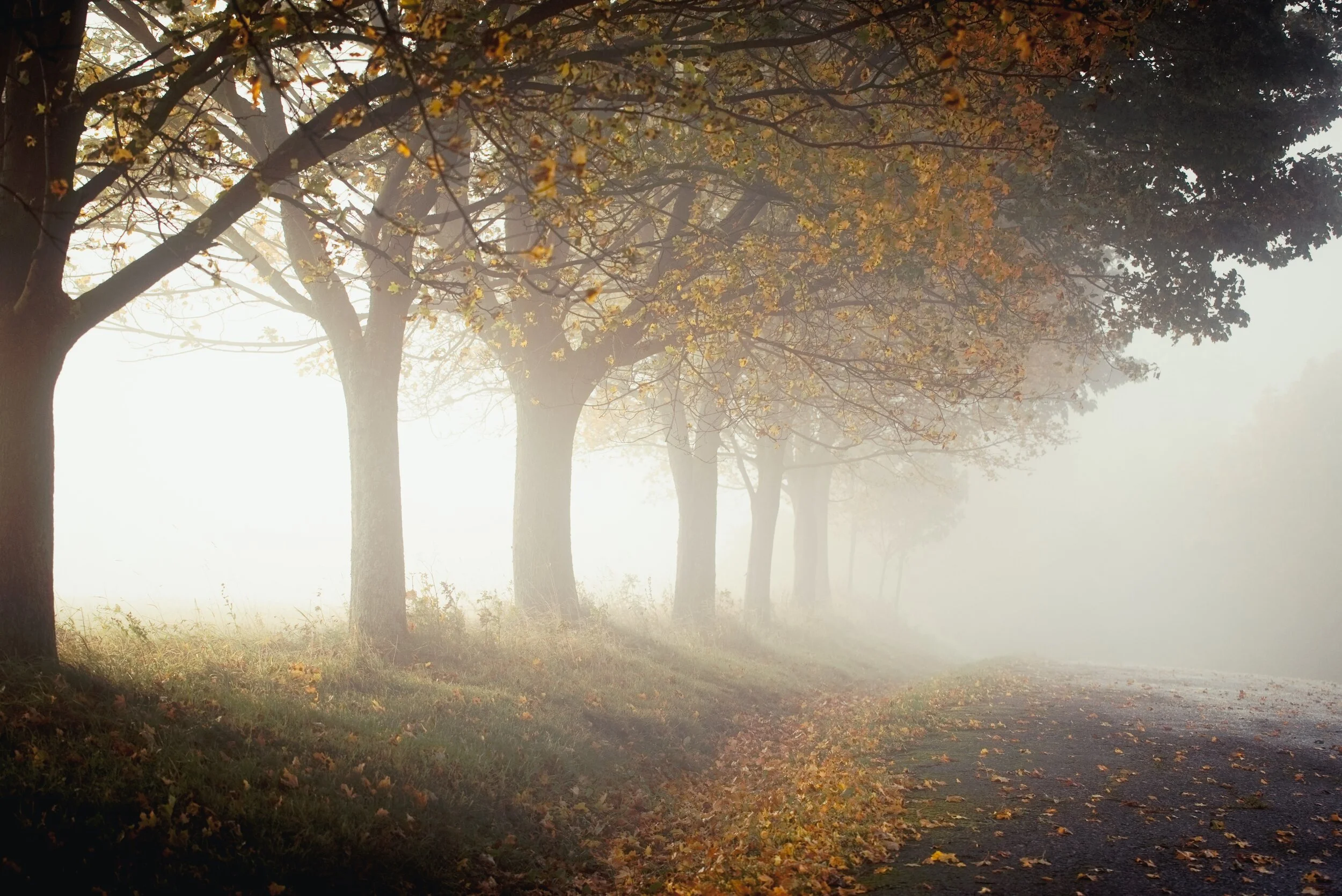You don’t have to go to Artis to see spectacular animals in Amsterdam! The city’s wildlife is unfolding right in front of your doorstep. All you need to have is patience, some luck, and awareness.
Amsterdam counts over 10 000 wild plants and animal species that bring this city to life. Many of them adapted to the conditions the city poses. Within the animal kingdom, you may already know the colorful Parakeets with their loud chattering sounds. They came here as pets but managed to have settled in the wild as the city offered enough food for them to thrive even during cold winters.
But the city also knows more silent, nocturnal animals most people don’t usually encounter. These animals need complete silence before they awaken, which could be hard to imagine ever happening in such a buzzing city. Nowadays, however, humans are limited in their freedom to go outside, which enables animals to enjoy extra freedom.
Want to feel a little bit more in touch with nature around you? Let’s have a look at these three animals that live amongst us but you might have missed next to all the noise and motion that fills the city.
Look Up Into The Trees
The first furry friend can be found by looking up, up into the trees. Only occasionally the red squirrel can be found speeding across the floor. The red squirrel has a fluffy tail which is used for balance during the speedy maneuvers in the crowns of the trees. Its diet consists of seeds, nuts, berries, and young plants.
It is estimated that 300 to 500 squirrels climb over our heads in Amsterdam.
The squirrels can be found in Amsterdam’s park located in the South such as the Amsterdam Bos, Amstelpark, and Beatrixpark. Most other parks are too isolated by busy streets that make it hard for squirrels to spread. But help is on its way!
In 2012 the squirrels received their own bridges to cross certain streets. The municipality invested 30 000 euros to connect trees on both sides of the streets with little bridges made from rope. The bridges can be found above the six streets that lead through the Gijsbrecht van Aemstelpark. Now the Amsterdam Bos squirrels can safely meet their friends in Amstelpark without risk of being run over. Still, the population is relatively small which is why further efforts will be needed.
Look At The Grass
Maybe not as furry but just as cute as the grass snake! Yes, some of us find snakes cute. Especially this species, which is non-venomous and has tiny teeth that cannot cause a lot of harm. The grass snake (ringslang) can be recognized by its yellow ring around its neck, followed by two dark patches. The grass snake likes to be close to the water which is why it is not surprising that it can be found in Amsterdam. But don’t worry, its favorite diet consists of frogs, mice, and other small creatures. You are not its taste! Plus, it is the only wild snake species that live within Amsterdam.
If you spotted one before, you can count yourself lucky! Even though the female can reach a length of 130cm, they are rarely seen. They can be found in the East of Amsterdam as well as in the Amsterdam Bos. So, you could say the squirrel and the grass snake are roommates. Mid-March the first few examples wake up from hibernation, so soon you’ll have the chance to spot them. Although many of them won’t make it as hungry birds, rats and cats are awaiting them. The grass snake has some tricks such as playing dead or releasing a smell that is breathtaking - literally speaking.
But the grass snake’s biggest helpers are probably the yearly volunteers who create nests for them to breed their eggs. The nests are created from wood shreds, leaves, and branches. In the Amsterdam Bos additional efforts are made by creating little streams, pools, and sunny spots that help the snake to spread, feed, and tank some energy. Hopefully, by now you agree that the grass snake is a cute Amsterdam Citizen.
Have A Closer Look
From fur to scales to.. feathers! The common kingfisher (ijsvogel) is the last attraction on our little Amsterdam-Safari. Don’t be fooled by its name. The common kingfisher is not as commonly seen but just as colorful as for example the green parakeets. With its light blue wings and orange chest-feathers, you will know once you have seen one. As indicated by its name the kingfisher is a talented fisher. With his long and sharp beak, he catches fishes, frogs, and insect larvae. Only when the water freezes, like last winter, it becomes hard to find enough food for them. Luckily, some volunteers try to help the feathery friend by creating locations to build nests. Fallen trees with holes just above water are perfect. The bird is close to food and the water protects them from foxes and rats.
One has to look closely and be lucky, but the Kingfisher can be found all over Amsterdam, for example in Flevopark, Westerpark, Vondelpark, Southeast, and Amsterdam Bos. Once again it is very clear that Amsterdam’s wildlife is dependent on its green parks and untouched habitat. Without trees, the squirrel can no longer cross the street. Without clean rivers, the grass snake will not spread, and the kingfisher has to hunger. Let’s make sure this city is a city for every living organism!
Do You Want To See More?
Luckily, we are not the only ones that appreciate Amsterdam’s wildlife. Several movies documented what is going on when nobody is watching. One of them shows you Amerstam’s Wildlife through the eyes of a cat that is guiding you through the city.
- Written by Kevin Sedleger






























